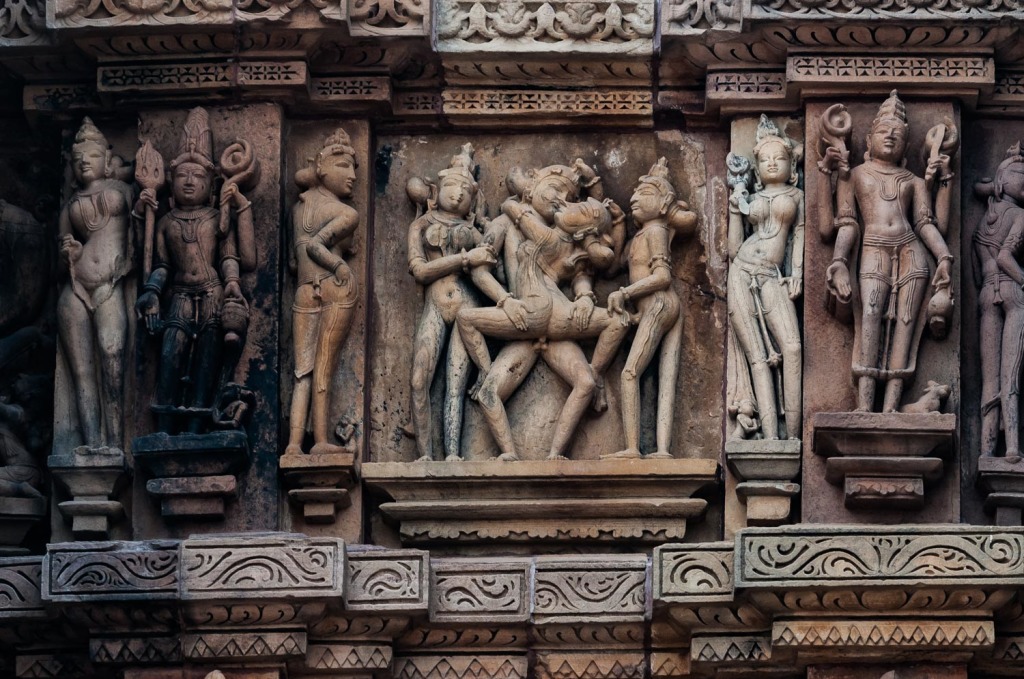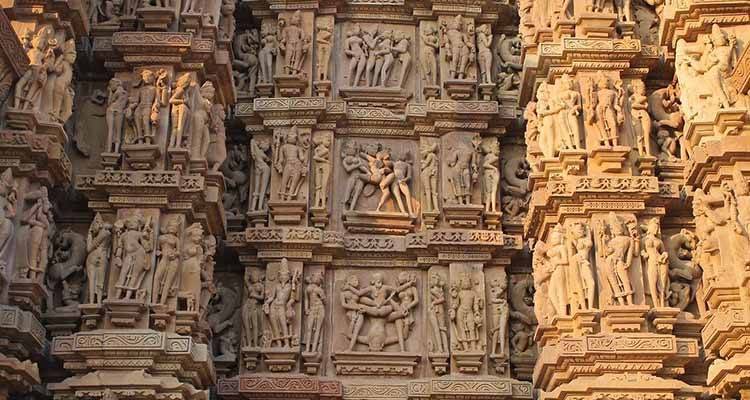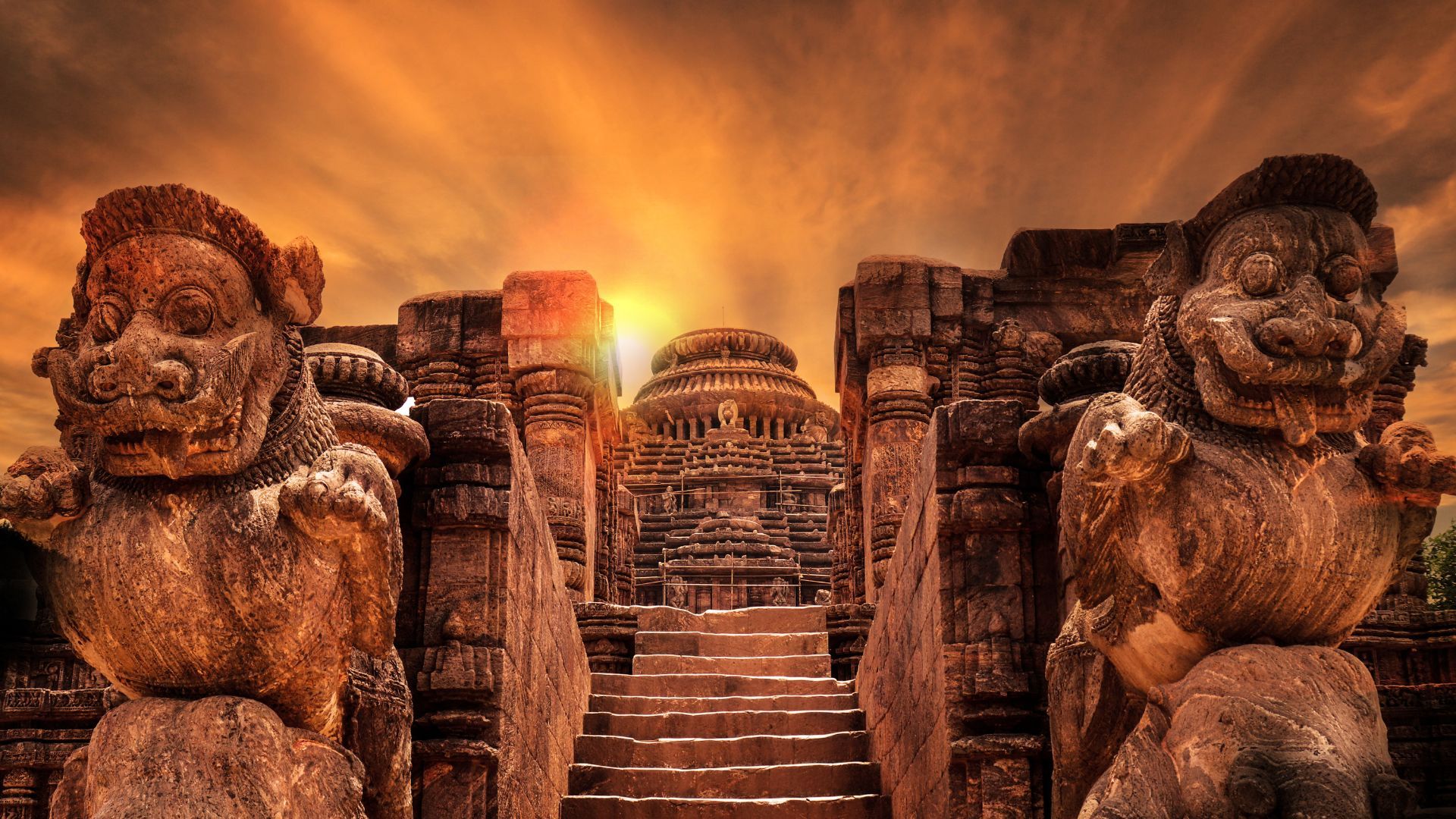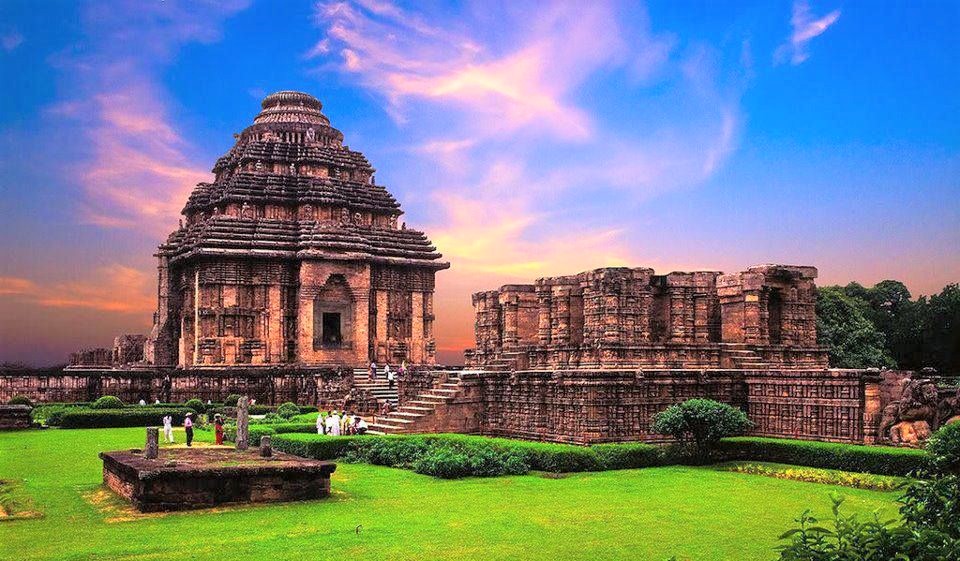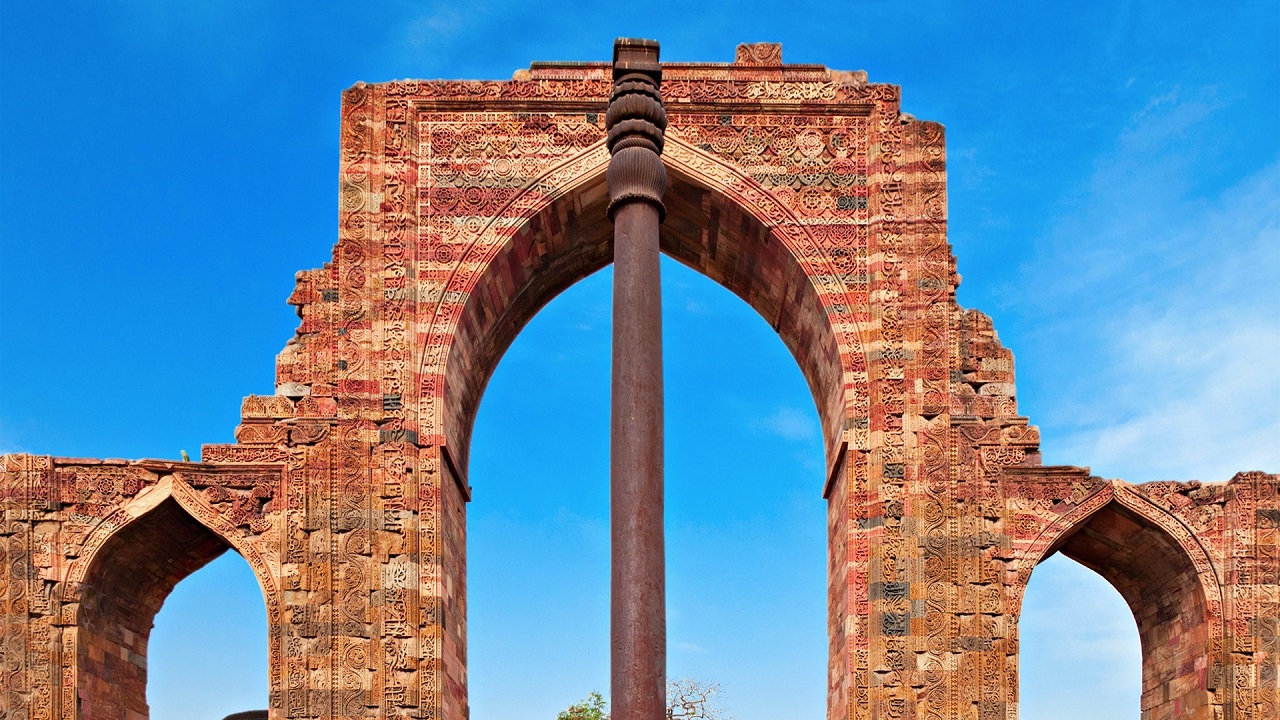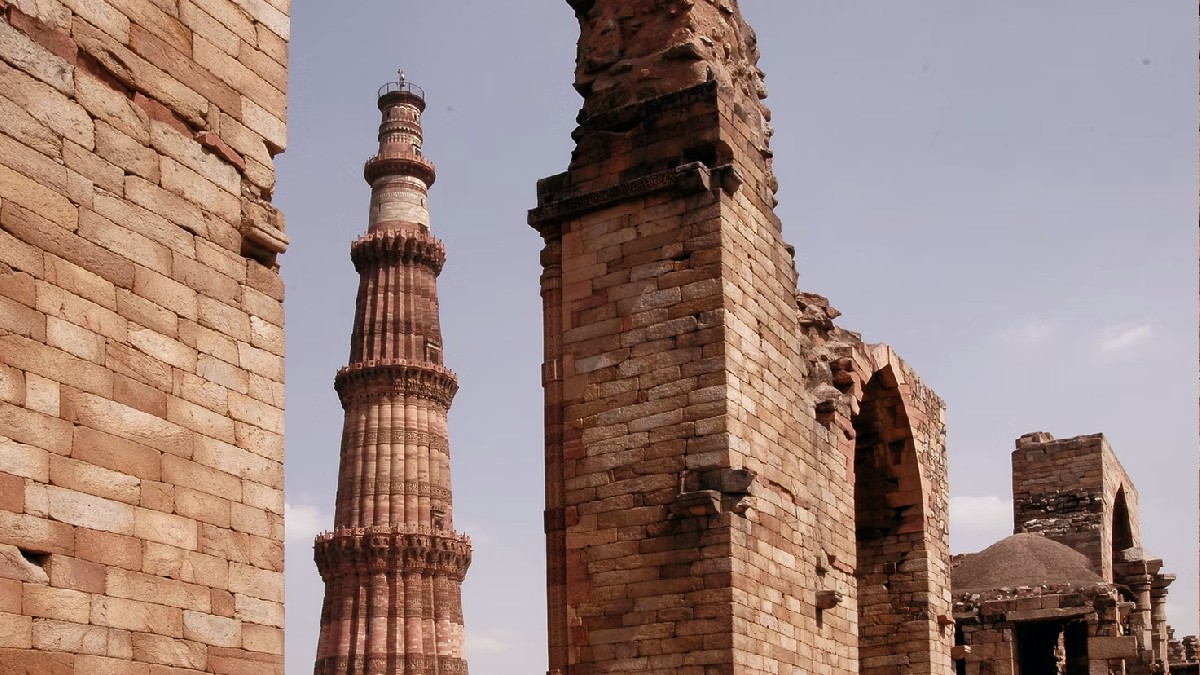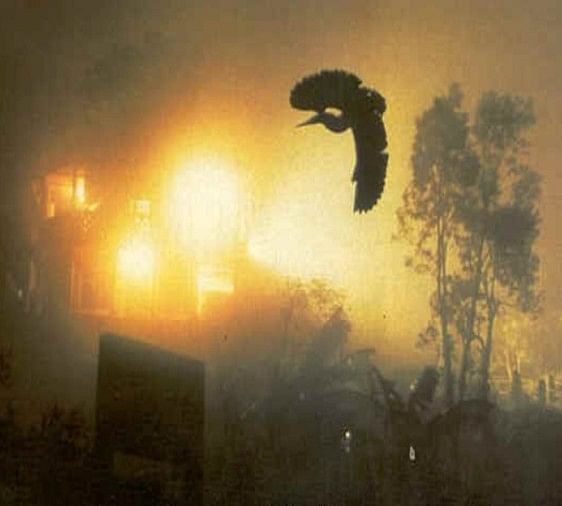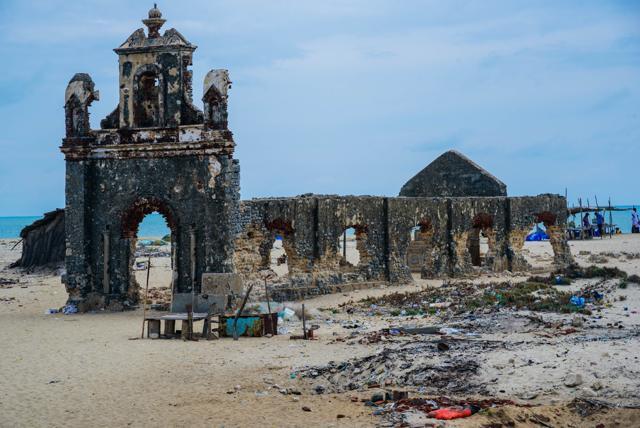Bhangarh is a historical site located in Rajasthan, India. It was established as a fortified town in the 17th century. It was founded by Raja Madho Singh, who was a ruler of the Kachwaha Rajput dynasty and served as a general in the Mughal Empire under Emperor Akbar. The town was constructed between 1573 and 1583. Bhangarh had over 9,000 houses until 1720 after which it gradually diminished in population.
Bhangarh flourished for several years as a vibrant settlement until it was abandoned and fell into ruins for reasons that are not entirely clear. It is often associated with various legends and mysterious stories. One popular mystery revolves around a curse placed on the town, which is said to have led to its abandonment.
The town of Bhangarh did not collapse as a whole at any specific point in time. Rather, it gradually fell into ruins and was abandoned over the course of several years. The exact timeline of its decline is not well-documented, but it is believed to have occurred in the 18th century.
It is often associated with various legends and mysterious stories. One popular mystery revolves around a curse placed on the town, which is said to have led to its abandonment.
According to the legend, a sorcerer named Singhiya fell in love with the princess of Bhangarh, Ratnavati. He tried to use his dark magic to make her fall in love with him, but Ratnavati discovered his plan. In retaliation, she ordered for him to be killed. Before dying, Singhiya cursed the town, predicting its downfall and the death of all its residents.
There are various theories regarding the reasons for Bhangarh's abandonment, including war, natural disasters, and economic decline. However, no definitive historical records exist to confirm the specific factors that led to the decline of the town.
In addition to the curse of the sorcerer Singhiya, there are several other legends associated with Bhangarh. Here are a few notable ones:
The Black Magic Competition: According to one legend, a tantric (practitioner of occult rituals) named Guru Balu Nath lived near Bhangarh before the town was established. He permitted the construction of the town under one condition: The shadow of the town should never touch his meditating spot. If it did, the town would be destroyed. However, it is said that a prince or princess accidentally cast a shadow on the forbidden spot, resulting in the destruction of the town.

The Fortress of Shadows: Bhangarh is often referred to as the "Fortress of Shadows." It is believed that the town is haunted by the spirits of the cursed inhabitants who perished due to the curse. Locals and visitors claim to have experienced paranormal activities, strange sounds, and eerie occurrences within the ruins of Bhangarh.
The Mysterious Sadhus: There have been accounts of sadhus (holy men) who resided within Bhangarh and possessed supernatural powers. These sadhus allegedly meditated in the ruins and protected the town from evil spirits. Some believe that their presence added to the mystical aura and legends surrounding Bhangarh.
The Disappearing Town: It is said that Bhangarh vanishes during the night, and anyone who remains inside after sunset never returns. This legend further adds to the eerie reputation of the town.
It's important to note that Bhangarh is an abandoned ancient town, and its ruins are protected as a historical site. Therefore, the government's efforts have primarily been directed towards maintaining and conserving the existing structures rather than developing the surrounding area for habitation.

The Indian government, through the Archaeological Survey of India (ASI), has declared Bhangarh as a protected monument and has placed restrictions on entry into the site after sunset. These restrictions are primarily for the purpose of preserving the historical integrity of the site and ensuring its conservation.
The ASI considers Bhangarh as an important heritage site and acknowledges its historical significance. However, the government has not made any official statements or declarations regarding the alleged paranormal activities or the existence of curses in Bhangarh. These aspects are more part of local folklore and legends rather than official government positions.
There is no scientific or conclusive evidence to support the existence of paranormal activity in Bhangarh. Many people have visited the site, including researchers and paranormal enthusiasts, but no verifiable evidence has been produced to validate the claims of supernatural occurrences.
It is important to note that paranormal activity is a subjective and controversial topic. While some individuals may have personal experiences or believe in the existence of paranormal phenomena, it lacks scientific consensus and empirical evidence.
These legends have contributed to the mystique and allure of Bhangarh, attracting curious visitors and paranormal enthusiasts to explore its historical ruins and experience the aura of the place firsthand.
The government's main focus is on promoting Bhangarh as a historical and tourist attraction, encouraging visitors to appreciate its architectural beauty and cultural heritage.

The government's focus on Bhangarh has primarily been on preserving its historical significance and promoting it as a tourist destination. However, in terms of making the area around Bhangarh habitable, there is limited information available.
Today, Bhangarh is primarily a historical site with the remnants of its ancient structures, attracting tourists interested in exploring its architectural heritage and engaging with the legends and mysteries associated with the place.Another aspect of the mystery is the belief that no buildings constructed in Bhangarh can remain standing. It is said that whenever a roof is built, it collapses soon afterward. Consequently, the Archaeological Survey of India (ASI) has placed restrictions on entry into the town after sunset, declaring it a haunted site.
While the legends and tales surrounding Bhangarh have captured public fascination, there is no concrete evidence to support the existence of ghosts or paranormal activities in the area. The restrictions imposed by the ASI are primarily for the preservation of the historical site. Bhangarh continues to attract tourists who are intrigued by its mysterious reputation and the remnants of its ancient architecture.








